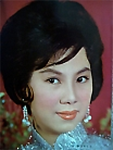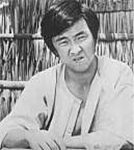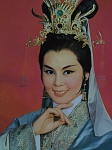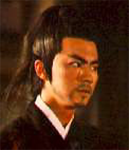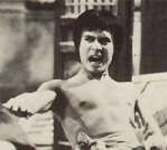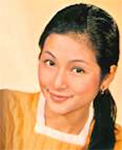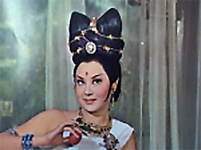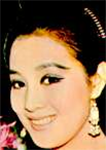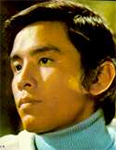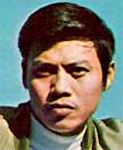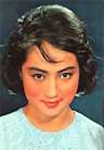In running the studio, Sir Run Run Shaw preferred a 'hands-on' approach. From the start, he developed a control board in his office which kept him and his production chief Raymond Chow (who resigned in 1970 to set up Golden Harvest) involved with all activity within the Shaw Studio on an hour-by-hour basis. So whether there was shooting, sound recording, set building or any other production work, they had the information at their fingertips. Everyone worked 10 hour, six day weeks including top management who often worked longer.
Run Run and his production chief commanded a tight financial ship with salaries capped from the top down. In 1966, top directors made no more than US$12,000 per year and a top actress made US$6000 per film. Starlets are signed on a 3, 5 or 8 year contract depending on their potential and do not make real money until after the second contract is signed. Contractual obligations was upheld to the letter and loyalty was everything. Living on the studio lot in dormitories, starlets paid no room or board but were given a clothing allowance.
A close eye was kept on the starlets/stars and no prima donna behavior was tolerated. Actresses/Actors whose appearances were marred by late nights or parties would be dismissed immediately.
To foster greater teamwork and dedication, studio management had more than just the usual annual staff party. Cast and crew were regularly encouraged to participate in extra-curricular activities like basketball tournaments, dragon boat races and other competitive events.

Ti Lung is the 1972 studio basketball champion
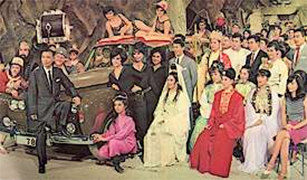
Sir Run Run Shaw and his stars (LIFE, 1966, photo by Harry Redl)
It was this efficient management of the studio as well as its prolific output that impressed visiting producers, studio chiefs, celebrities, fashion designers and newspaper correspondents from all over the world. From the start, scores of reporters from the media such as BBC or LIFE converged at the studio to cover its development and achievements.
Co-production offers also started pouring in as foreign producers were keen to share in the success of Shaw Studio.
These ventures began with regional players such as Japan, Taiwan, Korea, Thailand and the Philippines.
Both parties benefited from the exchange as cast and crew shared their skills and knowledge of film making.
By 1970, among the studio's 14 directors were Japan's Inoue Umetsugu and Korea's Cheng Chang Ho.
It's roster of performers include actors from all over the region.
With the success of martial arts films started by 'Five Fingers of Death' (1971) in the Western world, Shaw began to receive numerous co-production offers from American and European producers. This plunged Shaw headlong into international movie making.




